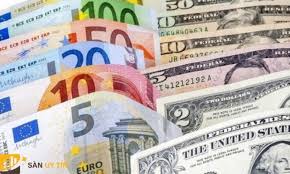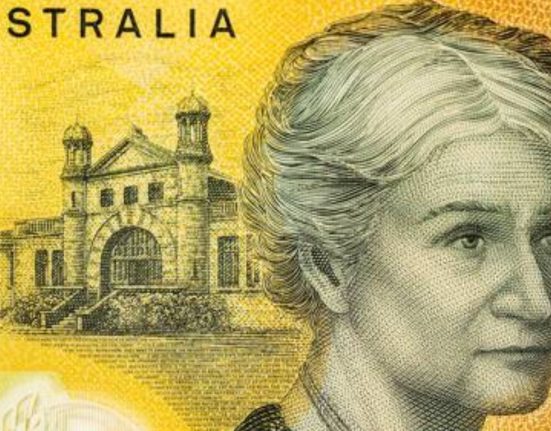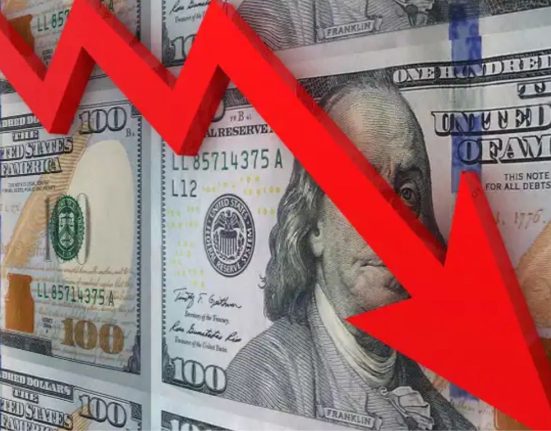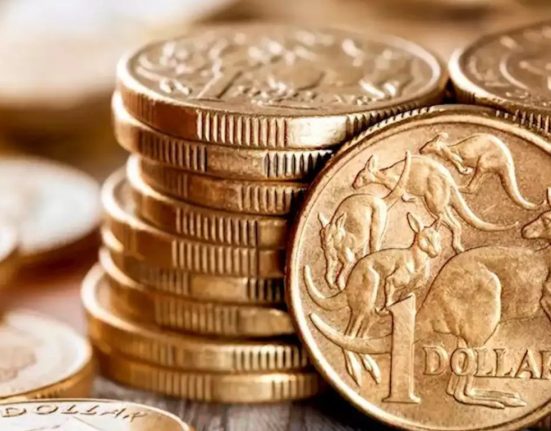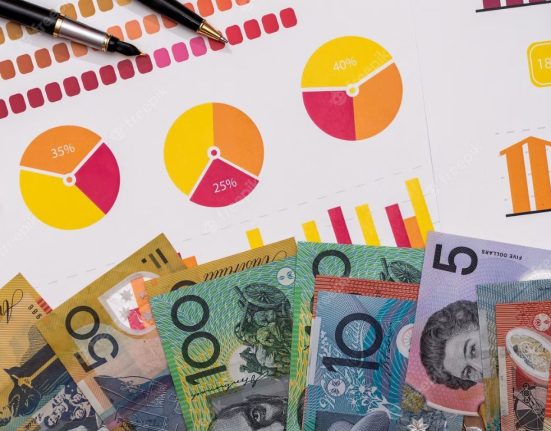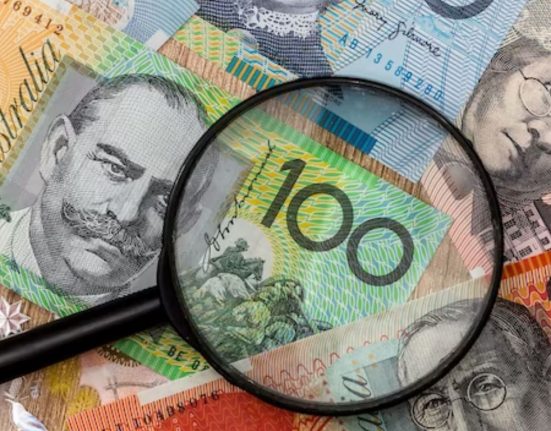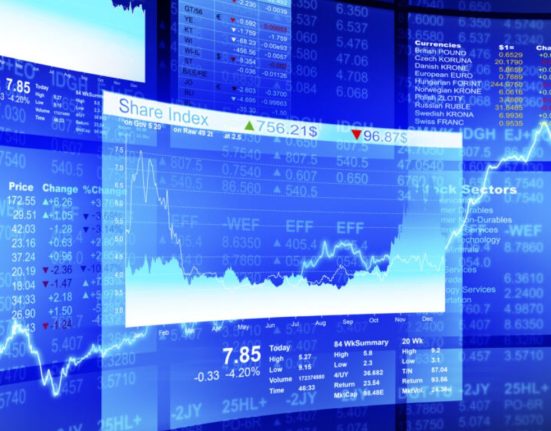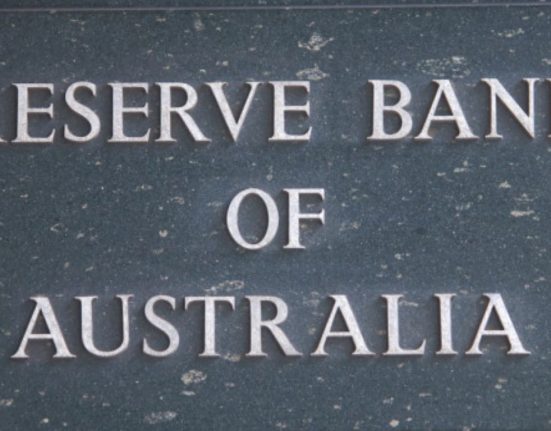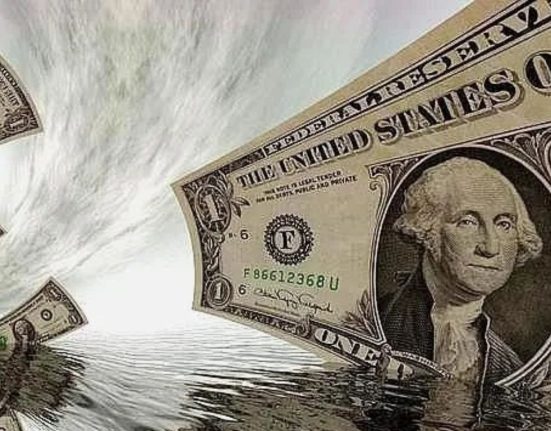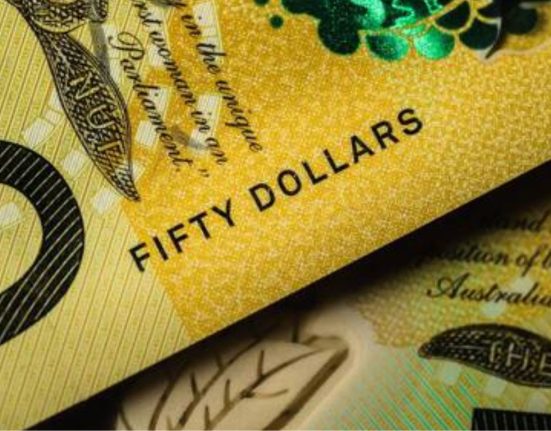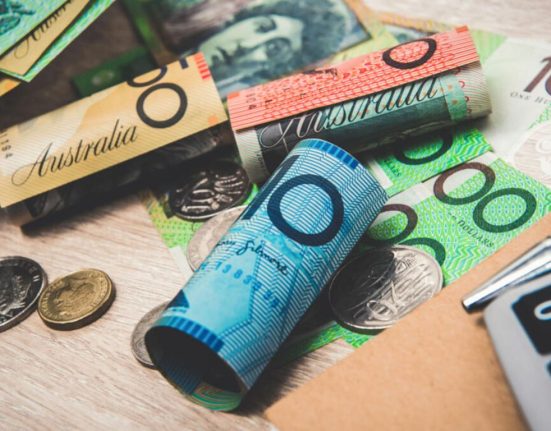Factors Affecting the AUD/USD Pair’s Performance
The AUD/USD pair, also known as the Aussie, is a popular currency pair that represents the exchange rate between the Australian dollar and the US dollar. On Tuesday, the pair reached a one-week high but experienced a slight retreat later in the day, currently trading just below the 0.6700 mark.
The performance of the AUD/USD pair is influenced by several factors, including economic data, geopolitical events, and monetary policies. Economic data such as GDP, inflation, and employment figures can impact the value of the Australian dollar and, in turn, affect the exchange rate against the US dollar.
Australian Economic Data
One of the most significant drivers of the Aussie’s performance is Australian economic data. Strong economic indicators, such as a high GDP growth rate or low unemployment rate, typically increase demand for the Australian dollar, which can cause the exchange rate against the US dollar to rise. On the other hand, weak economic data can lead to a decrease in demand for the Australian dollar and a decrease in the exchange rate against the US dollar.
Recently, the Australian economy has been showing signs of improvement, which may be contributing to the AUD/USD pair’s recent gains. In particular, Australia’s unemployment rate has been declining, falling to 4.9% in March, down from 5.8% in June 2020. This improvement in the labor market has been attributed to the country’s successful handling of the COVID-19 pandemic.
Geopolitical Events
Geopolitical events can also have a significant impact on the AUD/USD pair’s performance. Australia’s close economic ties with China, its largest trading partner, mean that any developments in the US-China trade war or tensions between the two countries can impact the Aussie’s value. In addition, events such as elections or changes in government policies can also affect the currency’s performance.
Monetary Policies
The monetary policies of both the Reserve Bank of Australia (RBA) and the US Federal Reserve can also influence the AUD/USD pair’s performance. The RBA’s decisions regarding interest rates and quantitative easing can impact the demand for the Australian dollar, while the US Federal Reserve’s policies can affect the US dollar’s value.
Future Outlook
The future outlook for the AUD/USD pair is uncertain, as the performance of the currency pair will be influenced by a range of factors. The ongoing COVID-19 pandemic and its impact on the global economy will likely continue to be a major factor affecting the pair’s performance. In addition, any changes in US-China relations or the monetary policies of the RBA and US Federal Reserve will also have an impact.
Traders who are interested in trading the AUD/USD pair should keep a close eye on economic data releases, geopolitical developments, and central bank announcements. By staying informed about these factors, traders can make more informed trading decisions.
Conclusion
In conclusion, the AUD/USD pair experienced a slight retreat from its one-week high, currently trading just below the 0.6700 mark. The performance of the currency pair is influenced by economic data, geopolitical events, and monetary policies. Traders should keep a close eye on these factors to make informed trading decisions
